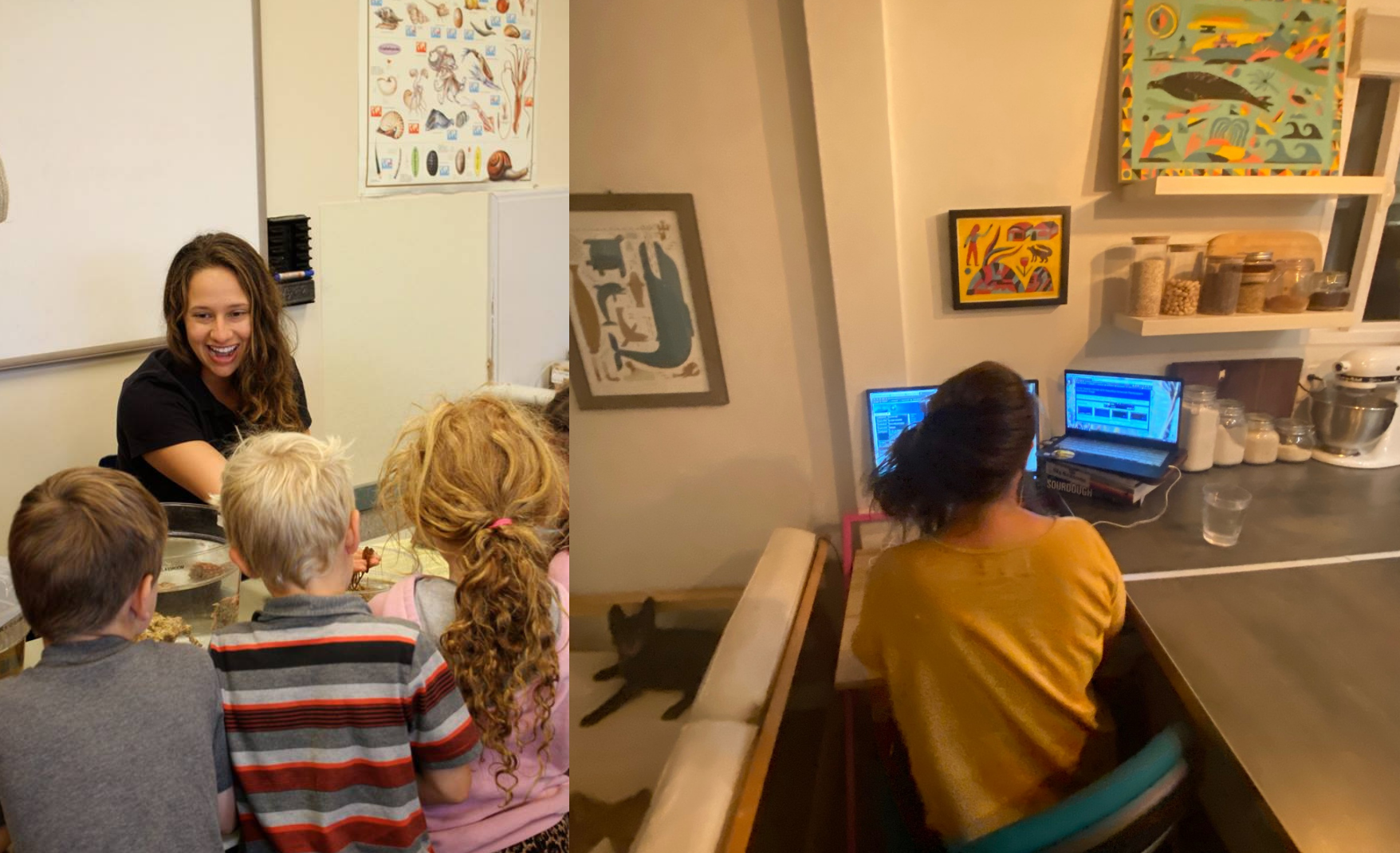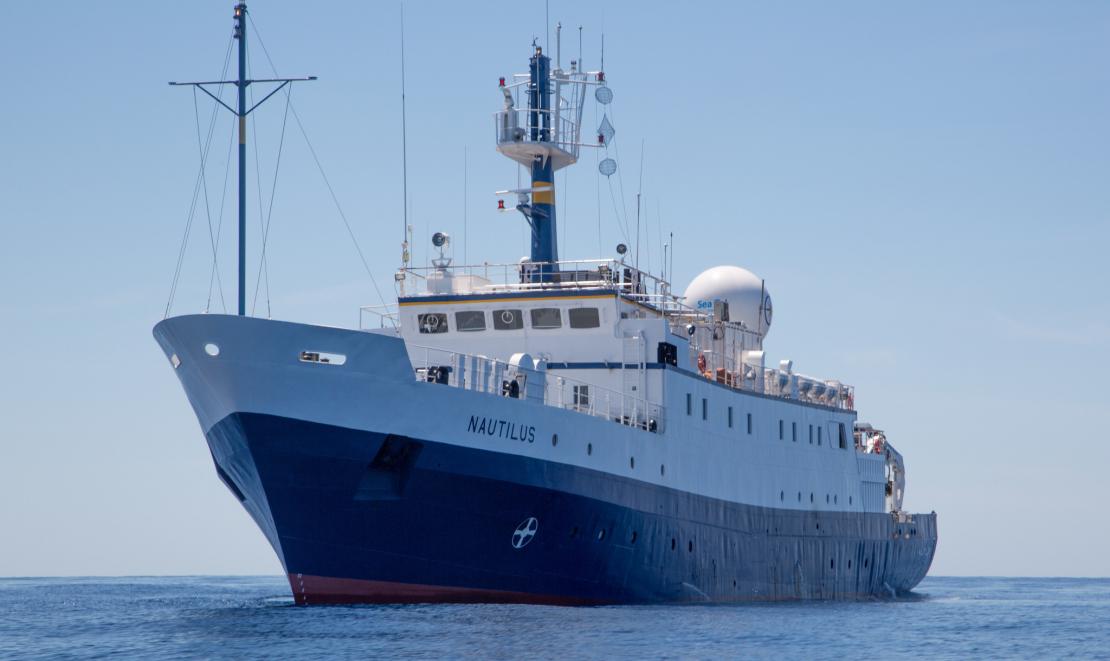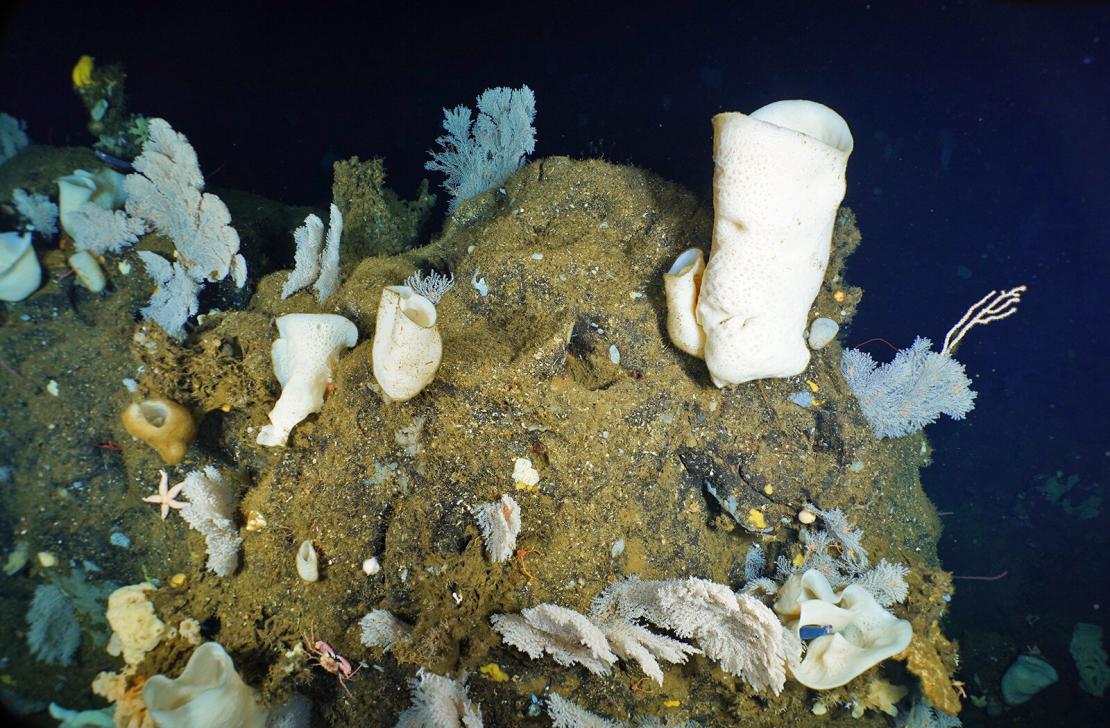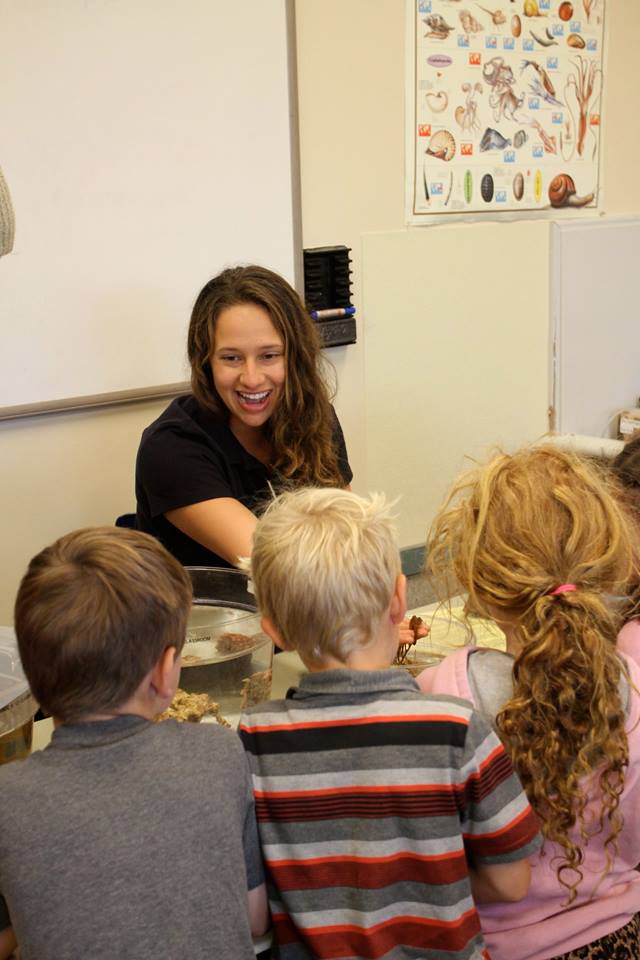Over many years as an educator, I’ve navigated with thousands of students and community members through the exciting journey of exploring the natural world, especially on the central and northern California coast. This passion for teaching marine science and natural history to a broad range of students and audiences has been an integral priority of my professional career. Though this year has been very challenging, I’ve learned that my traditional hands-on and “in the field” approach to providing marine science education, albeit ideal, can be adapted to virtual interpretation.
During my time as a California Sea Grant fellow with Channel Islands National Marine Sanctuary, I have had opportunities to support the education team in many ways. From supporting the National Oceanic and Atmospheric Agency’s (NOAA) Species in the Spotlight initiative with endangered white abalone to managing the social media accounts and supporting distance learning programs, I’ve participated in unique virtual interpretation. One of the recent highlights involved supporting deep-sea exploration of the sanctuary through Nautilus Live.

During the middle of October, the Exploration Vessel (E/V) Nautilus visited Channel Islands National Marine Sanctuary and Santa Lucia Bank, located within the nominated Chumash Heritage National Marine Sanctuary, through the use of remotely-operated vehicles (ROVs). These dives were supported by the Ocean Exploration Trust through NOAA. My main role was to keep our audiences updated in preparation of the visit and post updates from the dives happening live around the sanctuary.

Using an ROV, the audience took a virtual dive thousands of feet below the surface to explore deep-sea communities. Highlights included observing and collecting deep sea coral and sponge communities, as well as supporting the Southern California Seafloor Mapping Initiative, which helps identify special places around the Channel Islands. Dives like this help managers at Channel Islands National Marine Sanctuary create more accurate maps and habitat characteristics of deep-sea fauna for future resource management and understanding.
In addition to supporting social media accounts, I also facilitated public questions during live broadcasts. This was a very enriching experience, because I was able to exercise my interpretation skills, which I haven’t been able to use much due to COVID-19-related barriers. I essentially served as the communication liaison between members of the public asking questions and the scientists both on board and ashore while they provided rich natural history information about the deep-sea community. This was an exciting challenge and very different than my previous experiences with hands-on marine science education programs. Several of the tools that I normally use as an educator simply did not work in this context. Small rapport building exercises like establishing eye contact, learning names, and asking leading questions were not possible on a virtual platform. Instead, I tried to make audience members feel heard and listened to by asking their questions in ‘fun’ ways, acknowledging that each question was appreciated and heard, and that the crew both on shore and at sea really enjoyed answering all of the inquisitive observations from the audience.

This experience with E/V Nautilus was incredibly enriching and solidified the notion that marine science and STEM education can be very successful through virtual learning programs, even if they look and feel a bit different. I am especially curious how methods I’ve used to teach from the field—such as wildlife telemetry, demography, and behavior— can be adapted to a successful virtual platform. I hope to continue to assist in other types of virtual learning programs during my fellowship and beyond, as this type of teaching has the potential to be even more inclusive and reach even broader audiences. See you online!




